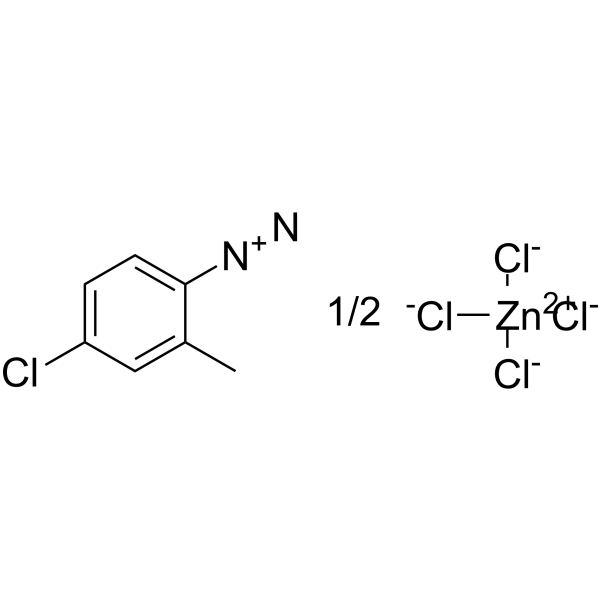An improved in situ hybridization method for the detection of fish pathogens.
U M McCarthy, K L Urquhart, I R Bricknell
文献索引:J. Fish Dis. 31(9) , 669-77, (2008)
全文:HTML全文
摘要
A fluorescent in situ hybridization (FISH) method was developed for detection of infectious pancreatic necrosis virus (IPNV) in paraffin-embedded tissues of Atlantic salmon, Salmo salar L. Several methods of probe labelling and detection were evaluated and found unsuitable for FISH because of tissue autofluorescence. Likewise, the use of avidin to detect biotin-labelled probe was obviated by the presence of endogenous biotin. An existing approach, using digoxigenin (DIG)-labelled probes and detection by anti-DIG antibody-labelled with alkaline phosphatase, was modified to use a fluorescent substrate, 2-hydroxy-3-naphthoic acid-2'-phenylanilide phosphate/4-chloro-2-methylbenzene diazonium hemi-zinc chloride salt (HNPP/Fast Red TR). This improved method allowed sensitive detection of IPNV target, without interference from autofluorescence or endogenous alkaline phosphatase. Furthermore, the reporter produces a discrete, non-fading signal, which is particularly suitable for analysis by confocal microscopy.
相关化合物
| 结构式 | 名称/CAS号 | 分子式 | 全部文献 |
|---|---|---|---|
 |
固红TR半氯化锌盐
CAS:89453-69-0 |
C14H12Cl6N4Zn |
|
Alkaline phosphatase staining of pig and sheep epiblast cell...
1993-10-01 [Mol. Reprod. Dev. 36(2) , 139-47, (1993)] |
|
Fluorescent cytochemistry of acid phosphatase and demonstrat...
1997-12-01 [Histochem. Cell Biol. 108(6) , 481-7, (1997)] |
|
Kinetic analysis of chemical reactions coupled to an enzymic...
1984-11-01 [Biochem. J. 223(3) , 633-8, (1984)] |
|
Shaping of colony elements in Laomedea flexuosa Hinks (Hydro...
2001-12-01 [Biol. Bull. 201(3) , 417-23, (2001)] |
|
Improved in situ hybridization: color intensity enhancement ...
1996-06-01 [Biotechniques 20(6) , 964-6, 968, (1996)] |